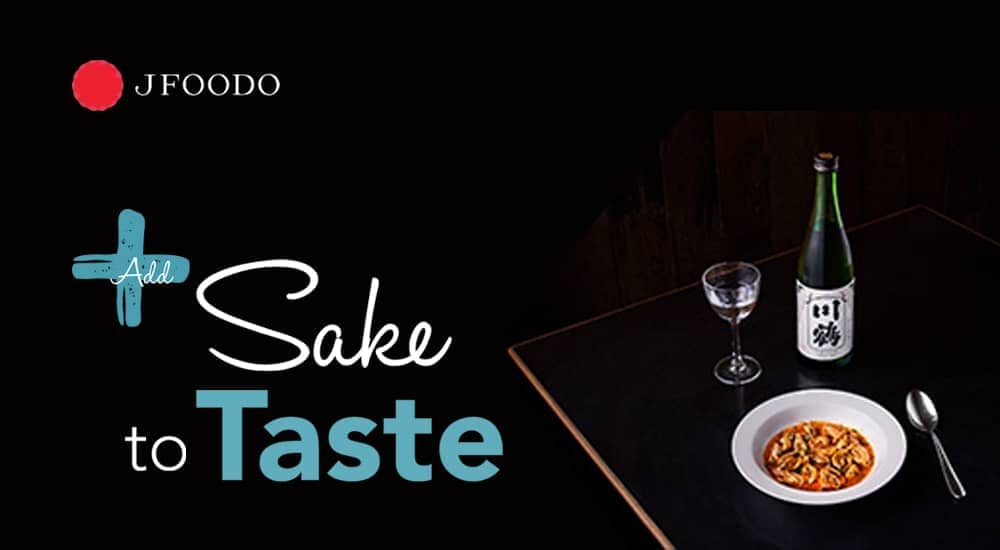Seafood has been at the centre of the Japanese diet for more than 10,000 years, with the Japanese consuming an amount that’s more than triple the world average. But it’s not just about food — sake is also an integral part of this seafood culture. Japan’s national alcoholic drink has a 2,500-year history, but its quality, style and variety have evolved to give a marvellous selection of perfectly balanced options.
Sake as umami enhancer
One of the unique characteristics of sake is its rich umami, which translates as ‘essence of deliciousness’. Sake contains amino acids such as glutamic acid that give a mellow, mouth-coating sensation, helping to enhance other flavours. Sake contains two to five times more umami than wine, while seafood contains an abundant amount of umami through inosinic acid (tuna, sardine and bonito flakes), glutamic acid (prawns, sea urchin and seaweed) and succinic acid (in all shellfish). The layering of different umami elements that occurs when you match seafood and sake enhances the flavours of seafood subtly, creating unforgettable combinations.
Sake as palate cleanser
The Japanese say 酒は料理を選ばない sake wa ryori o erabanai’, which translates as ‘sake never fights with food’ or ‘sake never chooses food’. Versatile, crisp and refreshing expressions of sake have a natural palate-cleansing effect.
Restaurants with Umami
We have selected some of London’s top restaurants to give you a window into the world of sake food pairings. The restaurants joining you on this sake tasting journey have selected some of their finest dishes with the finest examples of Japanese sake available. The campaign will run from February until the end of March.
Sake can unlock flavours you didn’t know existed. So when considering what to pair with your next seafood dish, add sake to taste.
Win a Sake tasting masterclass for two at Pantechnicon in London. ENTER NOW!
How to pair sake with your meal
For delicious sake and food pairings, why not start with these?
Fresh oysters
The creamy junmai Ginjō sake harmonises and lifts up the umami of fresh oysters, while dry Honjozō washes away the strong aromas of oyster, making a pairing that is extremely palatable.
Recommendations
Urakasumi Zen, Junmai Ginjō from Saura (Miyagi Prefecture)
Koshinokanbai Bessen Ginjō from Ishimoto Sake Brewery (Niigata Prefecture)
Lobster/prawns
Pure yet aromatic and fruity, Daiginjō works brilliantly with meaty lobsters or prawns that are simply steamed or grilled.
Recommendations
Kamo Kinshu Junmai Daiginjo from Kanemitsu Shuzo (Hiroshima)
Masumi Nanago Yamahai Junmai Daiginjo from Miayasaka Shuzo (Nagano)
Caviar
Caviar is often considered difficult to pair with wines, but Daiginjō contains similar molecules to the fish roe and works perfectly. The Kimoto or Yamahai style of sake also balances nicely with the flavours of the caviar.
Recommendations
Shichken Yamanokami Sparkling from Yamanashi Meijo (Yamanashi)
Limited Edition Noguchi Naohiko 01, Vintage 2017 from Noguchi Naohiko Sake Institute (Ishikawa)
Win a Sake tasting masterclass for two at Pantechnicon in London. ENTER NOW!
Natsuki Kikuya is a sake sommelier certified at the Sake Service Institute (SSI) www.museumofsake.co.uk
Find out more at https://sake-jfoodo.jetro.go.jp/uk/taste






Comments